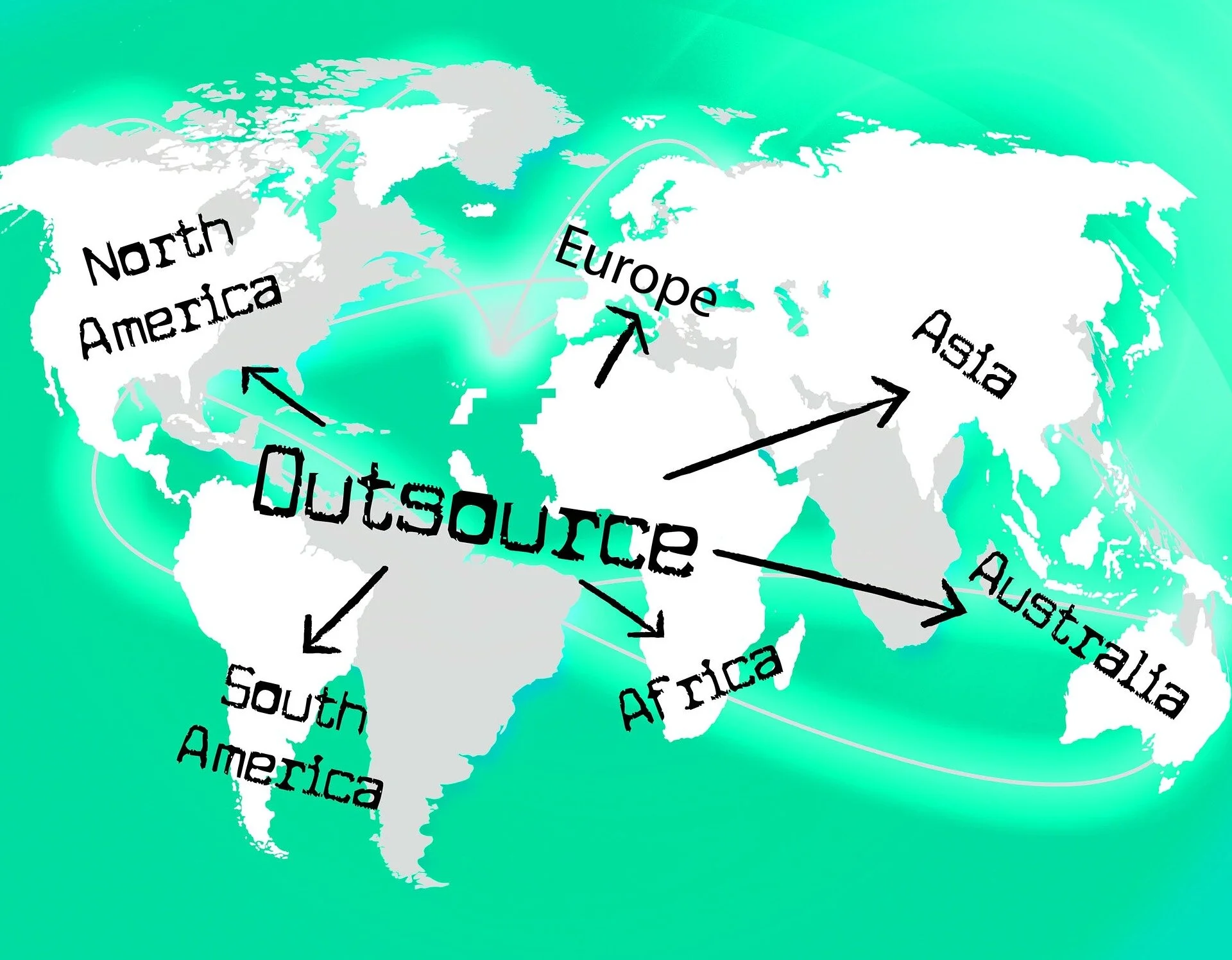Four Tips for Choosing the Right Fleet Vehicles for Your Business
/Selecting the right equipment and machinery for your business doesn’t have to be a difficult and costly task.
Here are some simple steps to pick the right fleet vehicles for your venture to ensure all employees are happy and they can perform their jobs well without spending a ton of money.
Choosing the best vehicles for your business fleet and allocating them at the right price can be a mammoth task for any fleet manager. You need to keep employees happy and safe, and there are a lot of other factors to consider, including preserving capital and trying to provide ‘more with less’. When you’re selecting vehicles, you want to make the best procurement decisions overall. Assess all the factors that will have an impact on the budget, capital expenditure decisions, leasing/financing options, purchasing all in cash, and cost of ownership.
First Factor to Consider: Use and Operation
Whether you’re going to buy outright, finance, or lease your fleet vehicles, make sure that what you choose is for their intended use. Avoid being brand or manufacturer specific, as this will limit your choice. Instead, focus on the capability of the vehicle, and find the right performance that will match your needs to ensure your team can do their jobs safely and efficiently.
Determining what is suitable could include:
● Size, style, safety, and carry capacity. What are the requirements of what the vehicle needs to carry? How much space do you need? What safety features are needed to keep your drivers safe? What other functions and features does each vehicle need to have? Remember, you’re using these vehicles for your business, not your personal use.
● Routing, road types, and terrains. Will the fleet be driven on long motorway commutes such as freeways and highways, stop-start driving in suburban or urban areas, or for off-road jobs? This is where the vehicle type and fuel will become important. Consider too whether you will benefit from a fuel transfer pump to keep your fleet running. These tools help move fuel from one place to another and can be useful for when your drivers are out on the road to ensure they are fully prepared if they run into issues.
Second Factor to Consider: Standardizations and Specifications
Standardizing specifications across all vehicles could be useful for working out which cars, trucks, or busses are suitable for your fleet. These could include:
● Support for your corporate objectives, images, and branding
● Employee satisfaction--is the vehicle right the job to allow for safety and efficiency?
● Support maintenance, training, and parts inventories
High up on your list should be fuel type and emissions, as the debate continues about the effect of diesel engines on the environment and how much damage it causes. Diesel used to be the fuel of choice, but it is a higher cost purchase option as it provides more economical fuel consumption for driving long distances. Diesel usually offers more cost savings over the long-term, but its popularity is beginning to fade, due to respiratory health concerns, cancer, environmental pollution, harmful emissions, and overall global climate change. Could you consider an electric, or electric-hybrid fleet instead? These vehicles will help protect the environment while improving your brand image.
Third Factor to Consider: Additional Extras for Your Fleet
Fleet managers (or business owners/founders if they head up this part of the business) often allow a certain amount of flexibility with fleet vehicle selection, so they can offer additional extras or perks to boost employee satisfaction and reduce emissions.
Embrace the opportunity to get the first-hand experience from the people who actually operate and manage the vehicles. Ask for their honest opinions and how different vehicles will help them with the tasks they need to perform more effectively.
If employees are satisfied, they’re more likely to treat the vehicles responsibly and with respect. They will be more conscious about driving carefully and parking to prevent accidents. Make sure that the demand for extras from employees is aligned with company operational objectives and within your operational budget.
Fourth Factor to Consider: Safety, Insurance, and Accidents
Ensuring your employees are safe if they have a fender bender or crash and reducing accident costs are often high priorities for a fleet manager. If this is the case for your business, then you should consider adding vehicle technologies that are designed to make vehicles much safer and reduce the risk of accidents to ensure your insurance costs don’t increase.
Conduct the proper research and execute a thorough cost-benefit analysis while selecting the best felt vehicles for your business to make a more informed choice and the best possible decision for your business and employees. It is also worth thinking about the fact that better accident management might go hand-in-hand with a prompter return on investment and lowering your overall costs.
















